May 20, 2021 | Bill Seiler
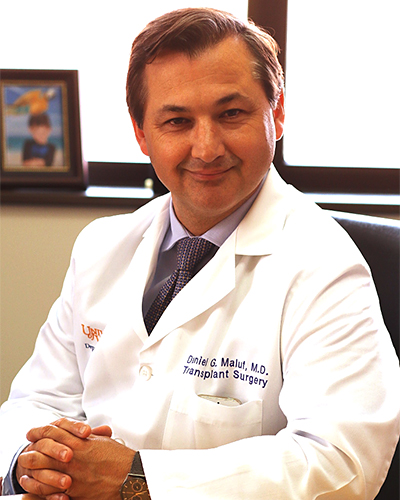
Two patients who were near death after COVID-19 destroyed their lungs, survived and are thriving due to state-of-the-art care and double-lung transplants by University of Maryland School of Medicine (UMSOM) surgeons at the UM Medical Center (UMMC).
John Micklus, 62, of La Plata, Md., had healthy lungs before the coronavirus disease struck, but soon, doctors at one hospital said nothing could help him and told him it was time to get his affairs in order. Another Maryland man, Anthony (who asked not to reveal his last name), already had an underlying lung condition, but COVID-19 sparked an overwhelming struggle to breathe and he didn’t think he would survive.
The COVID-19 pandemic, with more than 32 million cases and more than 580,000 deaths in the United States so far, prompted some hospitals to pause organ transplantation as specialists scrambled to learn more about the pre- and post-transplant effects of COVID-19. UMMC has continued to perform organ transplantation throughout the pandemic, carefully balancing both the care of hospitalized COVID patients and the needs of patients awaiting transplant. Several UMMC patients who had recovered from COVID received kidney or liver transplants, but their need for transplantation was unrelated to the coronavirus.
“The learning curve for lung transplantation in COVID-19 patients has been particularly challenging because the infection is centered in the lungs,” said transplant surgeon Daniel G. Maluf, MD, Professor of Surgery at UMSOM and Director of the Program in Transplantation, which is a joint program between UMSOM and UMMC. “Add to that, we need to suppress the body’s immune system to help an organ survive after transplant and reduce the chance of rejection. Immunosuppression also turns down the body’s ability to fight infections. What happens if the coronavirus disease attacks the transplanted lungs, which are already quite fragile?”
'A Different Ballgame'
Despite his underlying lung condition, Anthony was able to move around and exercise with little or no supplemental oxygen before getting infected with COVID-19. “After COVID, it was a different ballgame,” he said. He required higher and higher levels of oxygen but it became clear that he couldn’t survive on a ventilator. He was placed on a transplant wait list, and, to buy time, his care team put him on ECMO (extracorporeal membrane oxygenation), which works like the heart and lungs to remove carbon dioxide and return oxygen-filled blood back to the tissues. Then, on Feb. 6, Anthony became the first COVID-related lung transplantation patient at UMMC.
COVID-19 was also a different ballgame for the UMMC lung transplant team, which routinely performs 25-30 lung transplants each year. Unique to COVID is the rapid ebb and flow of symptoms. Within a matter of months, the two men were sick with COVID-19, then seemingly recovered from their initial infection only to get sick again, the second round producing significant lung deterioration. This contrasts with other lung conditions that may lead to transplant, such as chronic obstructive pulmonary disease (COPD) or pulmonary fibrosis (scarring of the lungs), which typically worsen gradually over many years.
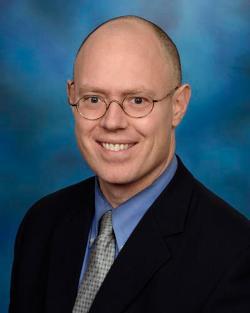
The ebb and flow for John Micklus began with flu-like symptoms around Christmas 2020. A test result on New Year’s Eve showed he was COVID-positive. By early January, he was admitted to a local hospital not affiliated with the University of Maryland Medical System for 10 days. He felt better at first after discharge, but within a week he was back in the same hospital, with severe shortness of breath. After another 7-10 days, doctors said they could do nothing more for him. His wife desperately called several physicians, and eventually learned that UMMC had recently completed Anthony’s transplant. After a series of tests at UMMC, Micklus was listed for a transplant.
“I was lucky enough to be a match for a lung donor that the doctors felt was suitable for me within a few days,” said Micklus, who was discharged from UMMC on March 30.
The two cases provided an important COVID insight for the transplant team, said Reed. Despite failing lungs, the rest of their bodies were sufficiently intact to move forward with transplant and expect a good result. “The key message: this option of lung transplant is definitely not for every patient with COVID. It’s for the patients who are still strong otherwise, but have lungs that have been devastated by COVID.”
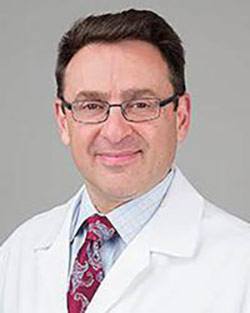
Infectious Disease Strategies
As pulmonologists, surgeons and intensive care physicians weighed whether both men could withstand the stresses of lung transplantation, UMMC infectious disease specialists focused on balancing the interval between the initial bout with SARS-CoV-2, the virus that causes COVID-19, and a virus-free status that could optimize the benefits of transplant.
Among the questions: “Is there a chance the patients may still actually have some viral persistence? Are they truly fully recovered and is it safe to proceed?” said Kapil K. Saharia, MD, MPH, Assistant Professor of Medicine at UMSOM, and Chief, Solid Organ Transplant Infectious Diseases Service at UMMC. “If there is any viral persistence, the concern would be that the new lungs could become infected. You’d be right back where you were before.”
Performing lung transplants in those recovering from COVID-19 has the added complication of the rejection-infection balancing act that is key to the survival of transplanted lungs.
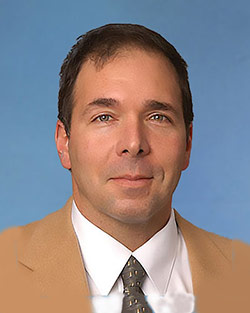
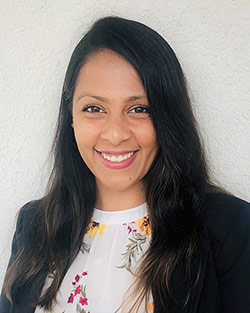
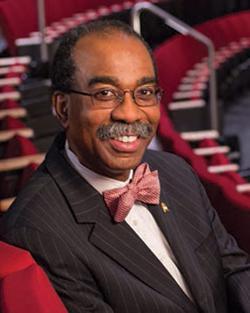
For more than 50 years, UMMC’s transplant team has provided patients with world-class surgical and medical expertise, performing more than 400 transplant surgeries each year.
Watch a related Video >
About the University of Maryland Medical Center
The University of Maryland Medical Center (UMMC) is comprised of two hospital campuses in Baltimore: the 800-bed flagship institution of the 13-hospital University of Maryland Medical System (UMMS) — and the 200-bed UMMC Midtown Campus, both academic medical centers training physicians and health professionals and pursuing research and innovation to improve health. UMMC’s downtown campus is a national and regional referral center for trauma, cancer care, neurosciences, advanced cardiovascular care, women's and children's health, and has one of the largest solid organ transplant programs in the country. All physicians on staff at the downtown campus are clinical faculty physicians of the University of Maryland School of Medicine. The UMMC Midtown Campus medical staff is predominately faculty physicians specializing in diabetes, chronic diseases, behavioral health, long term acute care and an array of outpatient primary care and specialty services. UMMC Midtown has been a teaching hospital for 140 years and is located one mile away from the downtown campus. For more information, visit www.umm.edu.
About the University of Maryland School of Medicine
Now in its third century, the University of Maryland School of Medicine was chartered in 1807 as the first public medical school in the United States. It continues today as one of the fastest growing, top-tier biomedical research enterprises in the world -- with 46 academic departments, centers, institutes, and programs, and a faculty of more than 3,000 physicians, scientists, and allied health professionals, including members of the National Academy of Medicine and the National Academy of Sciences, and a distinguished two-time winner of the Albert E. Lasker Award in Medical Research. With an operating budget of more than $1.2 billion, the School of Medicine works closely in partnership with the University of Maryland Medical Center and Medical System to provide research-intensive, academic and clinically based care for nearly 2 million patients each year. The School of Medicine has nearly $600 million in extramural funding, with most of its academic departments highly ranked among all medical schools in the nation in research funding. As one of the seven professional schools that make up the University of Maryland, Baltimore campus, the School of Medicine has a total population of nearly 9,000 faculty and staff, including 2,500 students, trainees, residents, and fellows. The combined School of Medicine and Medical System (“University of Maryland Medicine”) has an annual budget of over $6 billion and an economic impact of nearly $20 billion on the state and local community. The School of Medicine, which ranks as the 8th highest among public medical schools in research productivity (according to the Association of American Medical Colleges profile) is an innovator in translational medicine, with 606 active patents and 52 start-up companies. In the latest U.S. News & World Report ranking of the Best Medical Schools, published in 2021, the UM School of Medicine is ranked #9 among the 92 public medical schools in the U.S., and in the top 15 percent (#27) of all 192 public and private U.S. medical schools. The School of Medicine works locally, nationally, and globally, with research and treatment facilities in 36 countries around the world. Visit medschool.umaryland.edu
Contact
Bill Seiler:
bseiler@umm.edu
410-328-8919
Related stories
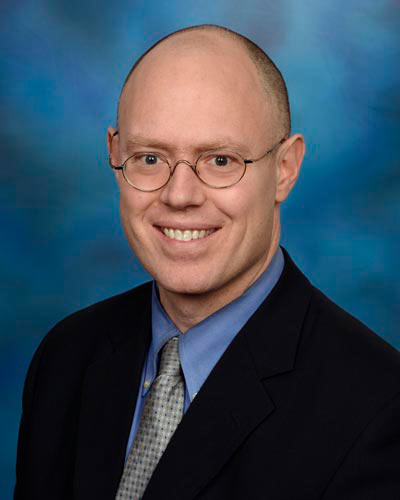
Wednesday, November 15, 2017
Study: Process Used to Select Lung Transplant Patients May Need to be Changed
With a limited number of lungs available, deciding who gets a transplant can be a matter of life or death. New research from the University of Maryland School of Medicine (UMSOM) suggests that the system for choosing transplant recipients in chronic obstructive pulmonary disease (COPD) may underestimate how long a person might survive without a lung transplant and therefore, may mislead clinicians.
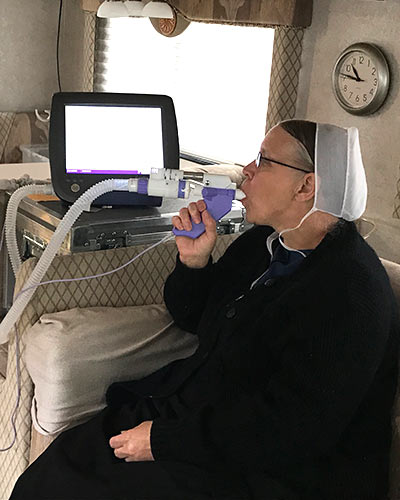
Friday, May 05, 2017
Secondhand Smoke Ups Heart Disease in Unique Group of Female Nonsmokers – Amish Women
New research at the University of Maryland School of Medicine (UM SOM) has found that secondhand smoke tends to have somewhat different effects on men and women. The research, conducted in a Pennsylvania Amish community where virtually no women smoke, found that women who were exposed to secondhand smoke had a greater risk for cardiovascular disease, while men exposed to secondhand smoke tended to have a higher body mass index (BMI).
